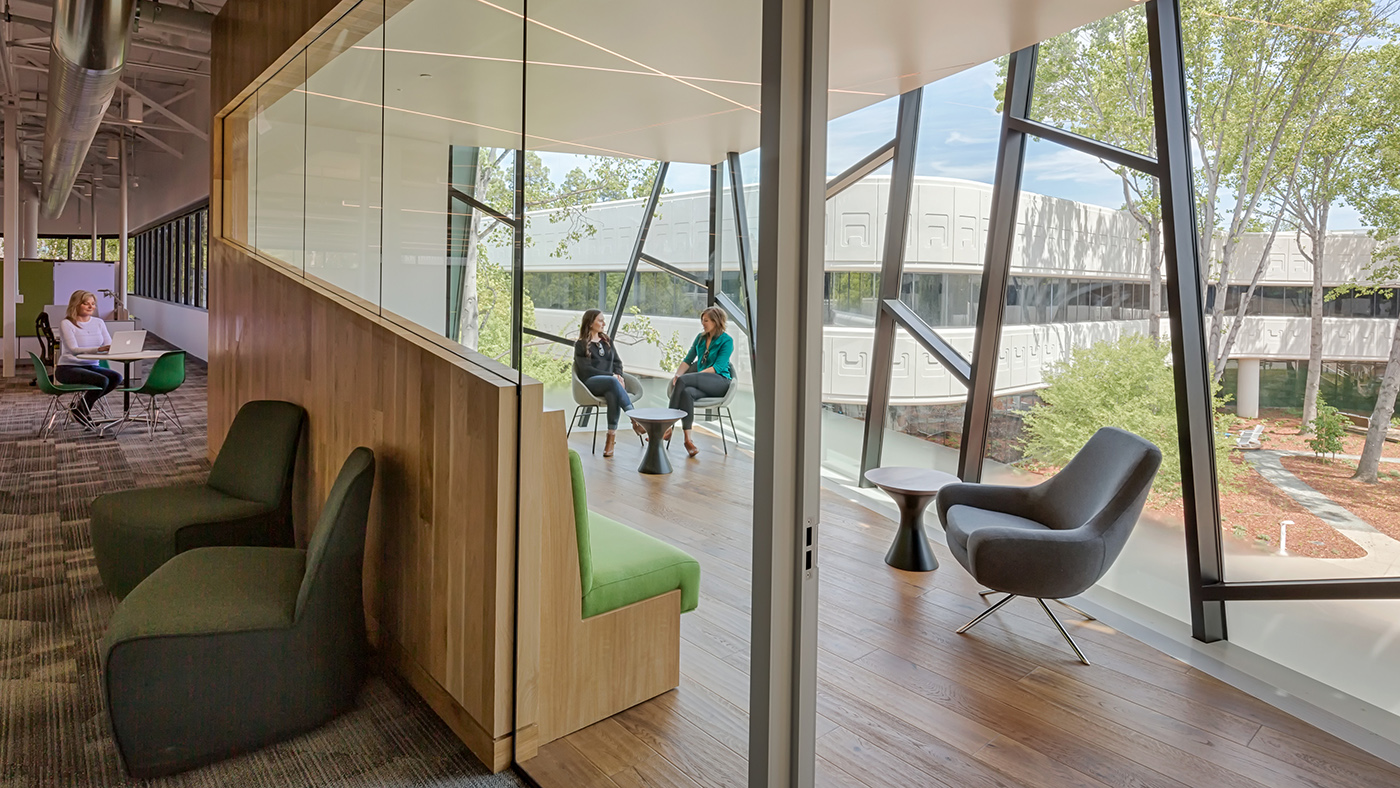It’s not uncommon for many people to have days when the longest time we spend outdoors is walking to our car, or when our primary exposure to nature is the picture on our computer desktop. But are we missing out on something, if we have such a limited relationship with nature? In a society in which we spend much time indoors, biophilia research looks to teach us about the benefits of a consistent connection to nature and how we can reclaim those benefits in our modern lives.
Biophilia — humans’ innate love of nature — is an idea that has inspired wide-ranging research on the benefits of human connection with nature. Spanning so many fields of science, research in the field of biophilia can seem overwhelmingly vast. Our connection to nature has been interpreted many ways, from spending time in a forest, to seeing green spaces from windows, to sitting in an office with earth-toned walls. The quantification of the impact from this connection also varies widely. Studies have measured impact on healing time in hospitals, performance on cognitive tests, reduced sick days at work, and many other metrics.
So how do we translate this wealth of research knowledge into making buildings that capture the benefits of nature?
Biophilic design aims to distill the lessons learned from biophilia research into cohesive design strategies. Some research studies are readily applicable, such as those on the effects of indoor plants, but other research studies have a less clear connection to the built environment. Several biophilia practitioners have developed frameworks for organizing biophilic knowledge to be more accessible to building industry professionals. Biophilic design guides, such as Terrapin Bright Green’s 14 Patterns of Biophilic Design, break down biophilia into easy-to-digest menus of design strategies for bringing natural elements into buildings and creating spaces that mimic the beneficial effects of nature.
CBE partner SERA Architects works consciously to utilize these strategies on their projects. As SERA’s Matt Piccone and Mark Perepelitza explained in a recent email, their clients don’t always ask for biophilic design by name, but they nevertheless bring up biophilic ideals — healthy spaces, good views, natural materials, comfortable outdoor amenities, and memorable user experiences — when discussing project goals. Biophilic design gives SERA a framework, backed by scientific research, to create buildings that help clients reach such goals.
A current knowledge gap is how to compare the benefits of varying biophilic design strategies. Do we need our workspaces located near a forest so we have views of nature from the windows, or are there benefits from having natural interior finishes, or an office layout that mimics a savannah?
To investigate such questions, CBE and SERA are jointly developing a biophilia ‘module’ for CBE’s occupant survey to evaluate the impact of biophilic features in existing workspaces. The survey will pair survey results about occupant stress and well-being with quantitative lists of biophilic elements. By matching occupant responses with features, we hope to uncover patterns showing how indoor environments influence our emotions, and whether biophilic concepts contribute to these impacts. As a practitioner of biophilic design, SERA is hopeful that this survey will ‘provide a path for taking evidence beyond focused scientific research to more complete built case studies.’
CBE is excited to bring biophilic design into our research scope, and we hope that the biophilia survey module is just the beginning. With so many unanswered questions related to biophilia in the built environment, there are many possible directions to explore. Are there ways that biophilic elements can serve multiple purposes and impact the sustainability of buildings? Can buildings use natural elements to improve both the well-being of occupants and the local ecosystem? If you are interested in learning more about the CBE biophilia survey or getting involved in future biophilia research, please reach out to CBE’s occupant survey research team.
Featured image: LinkedIn Middlefield by SERA Architects. Photo by Marco Zecchin.

